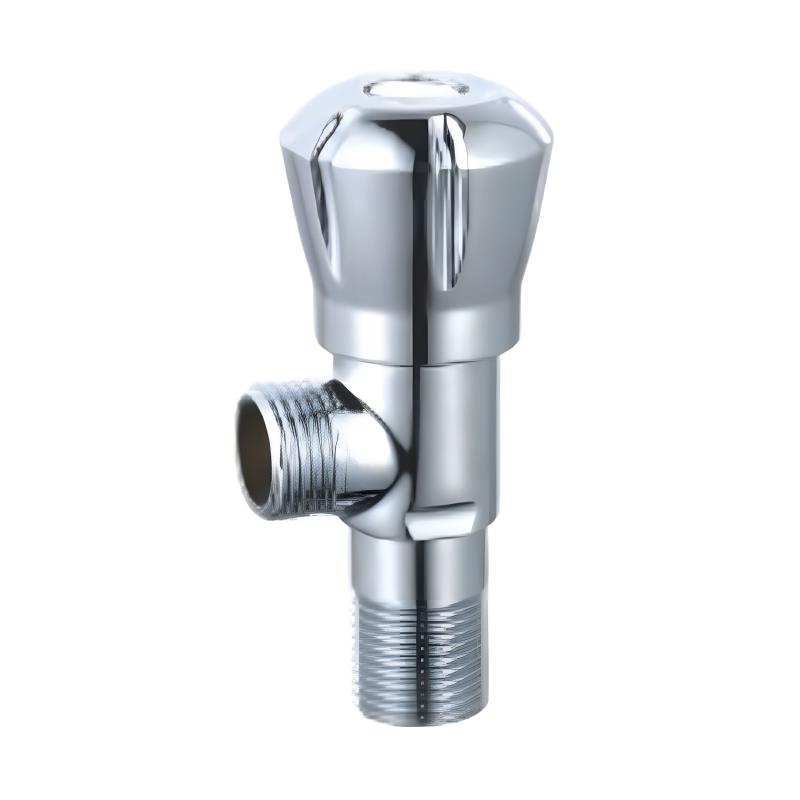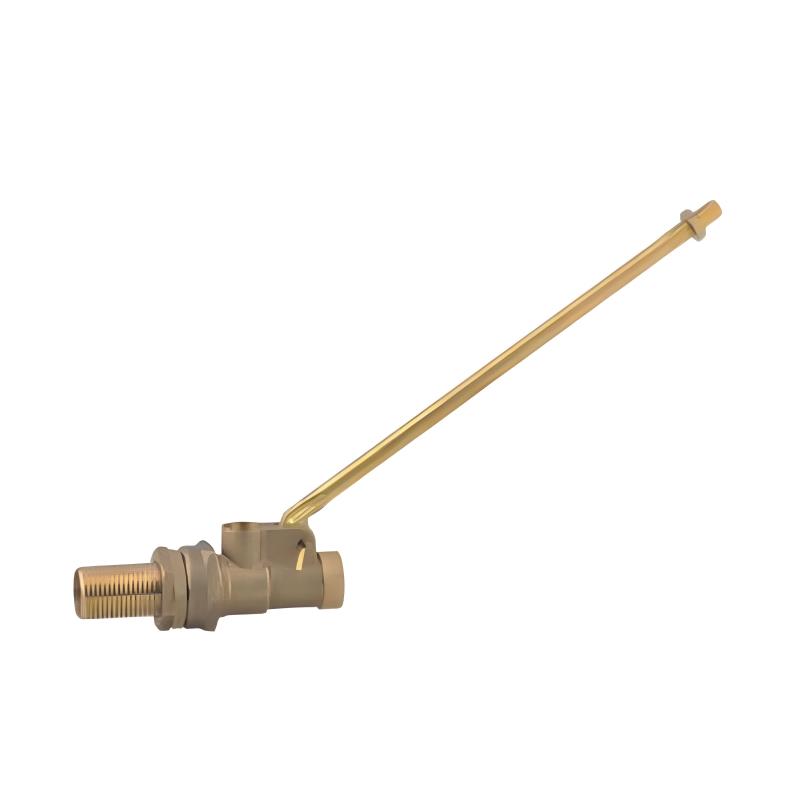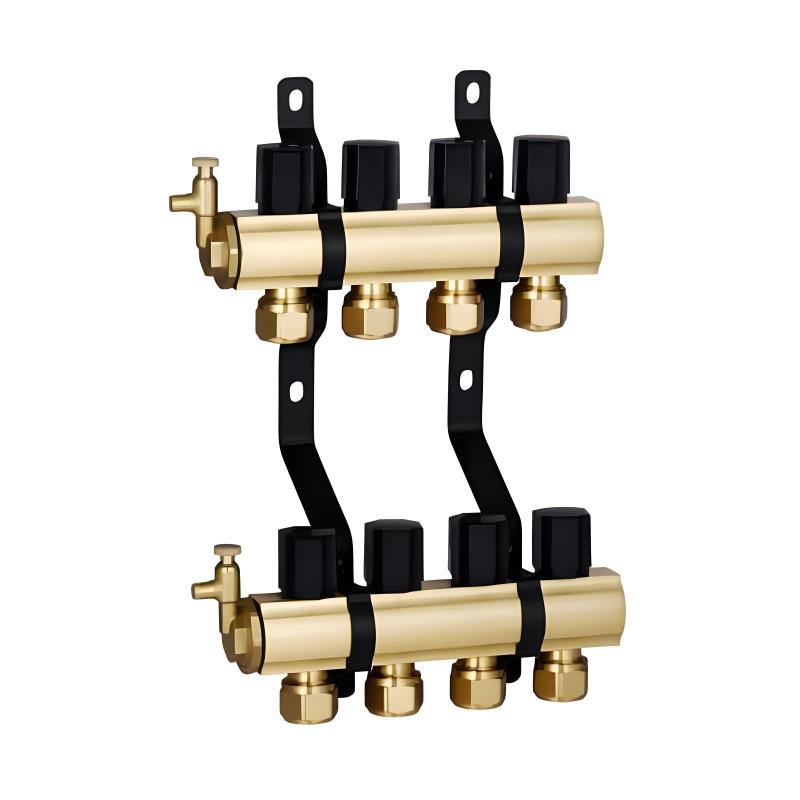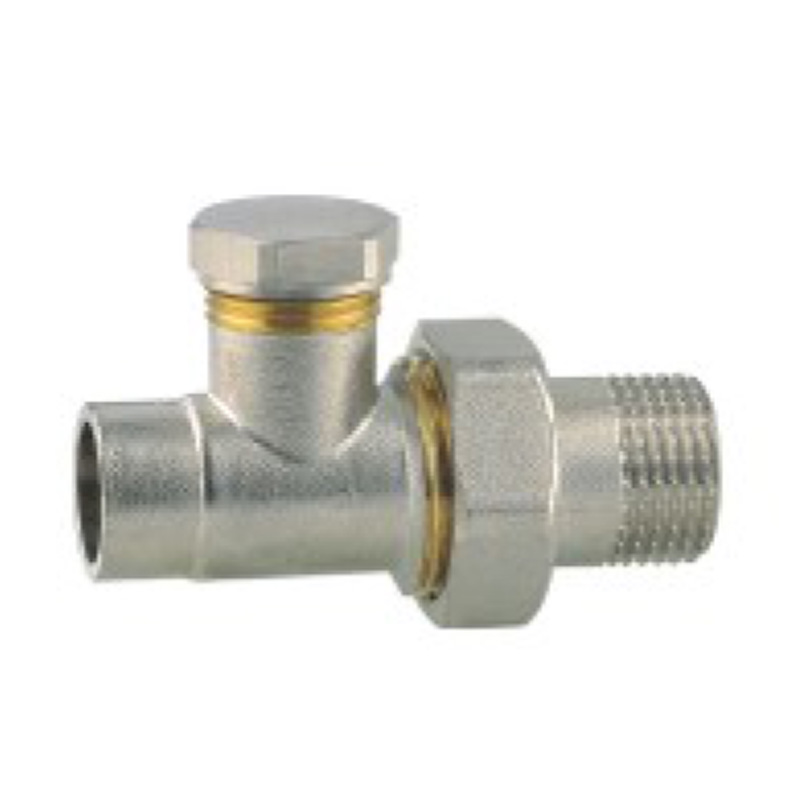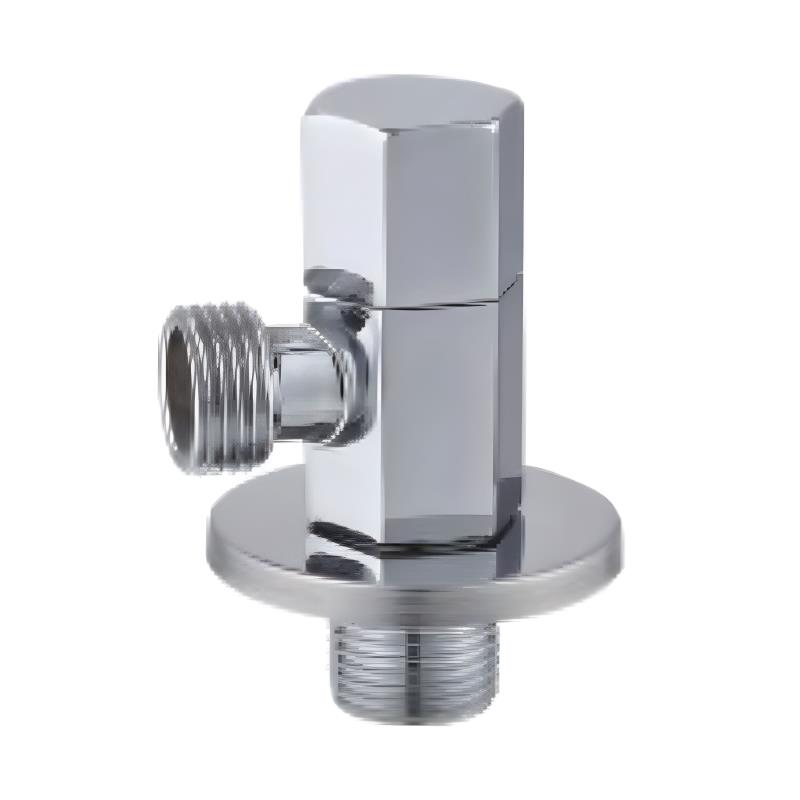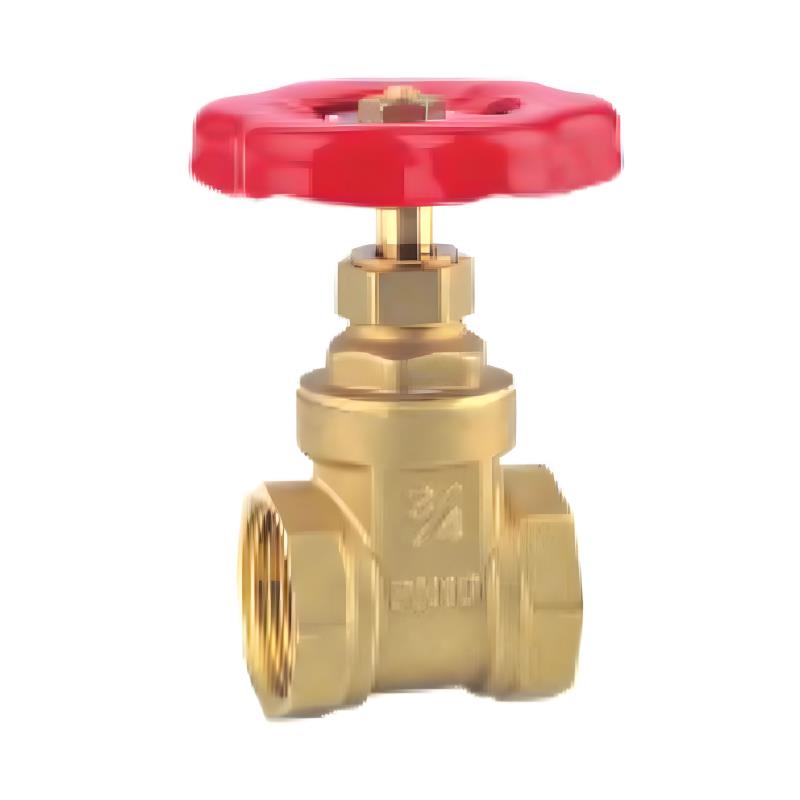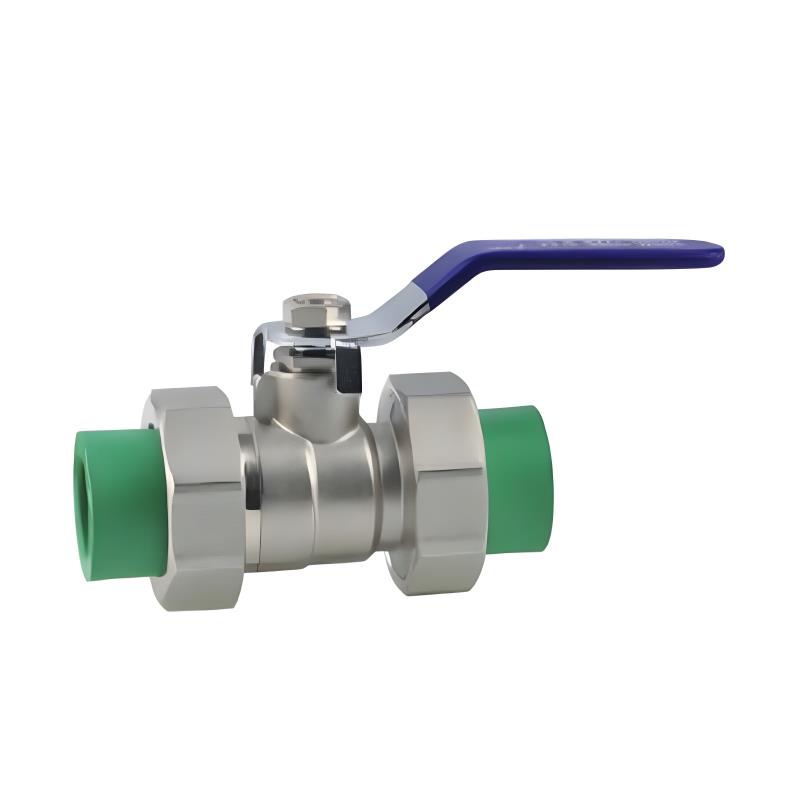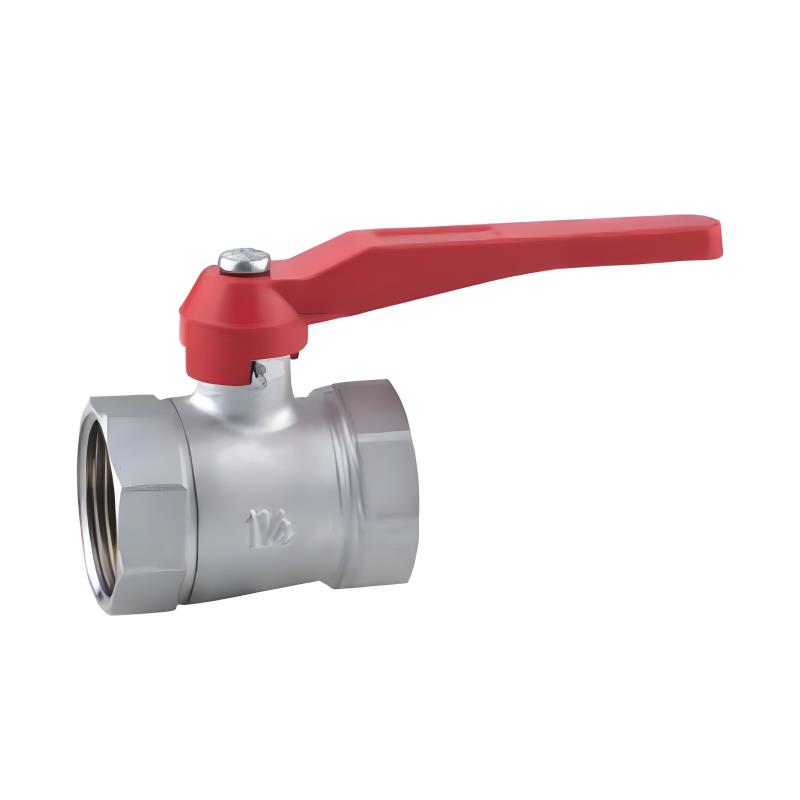Submit feedback
Bibcock Valve Maintenance Tips to Improve Long-Term Performance
A bibcock valve is a common fixture in homes, gardens, and industrial settings, designed to control water flow efficiently. Although it appears simple, regular maintenance is crucial to ensure its long-term performance. Many users underestimate the importance of proper care, which can advance to leaks, corrosion, or reduced functionality over time. By understanding the basic components and operation of a bibcock valve, you can take proactive steps to maintain it effectively.

Inspecting for Leaks and Corrosion
The first step in maintaining a bibcock valve is a thorough inspection. Check for visible leaks around the valve handle and spout. Leaks often occur due to worn-out washers or seals inside the valve. Corrosion is another common issue, especially for outdoor bibcocks exposed to the elements. Metal parts may rust or weaken, which can affect the valve’s ability to function. Regular inspections allow you to detect small issues before they escalate into major repairs.
Cleaning the Valve Components
Dirt, debris, and mineral deposits can accumulate inside a bibcock valve, reducing water flow and causing wear. Cleaning the valve periodically is important to prevent buildup. Start by turning off the water supply, then disassemble the valve carefully. Soak removable parts in a mild vinegar solution to dissolve mineral deposits. Avoid harsh chemicals that can damage the metal. Once cleaned, rinse all parts thoroughly and reassemble the valve. This simple step can significantly improve the smoothness and reliability of the valve operation.
Lubrication for Smooth Operation
Friction inside the bibcock valve can cause stiffness or difficulty in turning the handle. Applying a water-safe lubricant to the moving parts helps maintain smooth operation. Focus on the spindle, washer, and handle areas. Proper lubrication not only makes it easier to operate the valve but also reduces wear on internal components, extending the service life. Remember to avoid over-lubricating, as excess lubricant can attract dirt and debris.
Maintaining Quick Joints
Many modern plumbing setups use quick joints to connect pipes to bibcock valves. These connectors make installation and replacement easier, but they also require attention. Ensure that the quick joint is securely fastened and free of leaks. Inspect the O-rings inside the joint periodically, as these can wear out over time. Proper maintenance of quick joints helps prevent water leaks and ensures a reliable connection to your plumbing system.
Seasonal Checks
For bibcock valves installed outdoors, seasonal checks are essential. During winter, freezing temperatures can cause water inside the valve to expand, pilot to cracks or breakage. Before the cold season, drain water from outdoor bibcocks and consider installing protective covers. In warmer months, check for signs of UV damage or wear due to sun exposure. Consistent seasonal maintenance prevents unexpected failures and maintains reliable water flow.
When to Replace Parts
Even with careful maintenance, some components of a bibcock valve may eventually need replacement. Washers, seals, and O-rings are common wear items. If you notice persistent leaks, reduced flow, or difficulty in operation despite cleaning and lubrication, it may be time to replace these parts. Using compatible replacement parts ensures proper functionality and avoids damage to the valve body.
Practical Tips for Daily Use
Simple habits can also prolong the life of a bibcock valve. Avoid forcing the handle if it feels stiff. Turn the valve fully on or off, rather than leaving it partially open, which can cause unnecessary wear. Keep the area around the valve clean and free of debris, which can enter the valve and affect performance. By combining daily care with periodic maintenance, you can enjoy reliable operation for years.
A bibcock valve is a durable and practical component, but its longevity depends on proper maintenance. Regular inspections, cleaning, lubrication, and attention to quick joints can prevent common issues and enhance performance. By following these maintenance tips, you can ensure smooth water flow, prevent leaks, and extend the life of your valve without requiring major repairs or replacements. Taking a proactive approach is always more efficient than addressing problems after they occur.
 +86-13989680588
+86-13989680588 graylin@hongjiavalve.com
graylin@hongjiavalve.com 
